by David Albright, Sarah Burkhard, and Frank Pabian
Following closely on the heels of two unexplained incidents in Iran involving explosions and fires that in one case reportedly killed 19 people,1 media reported early on July 2, 2020 that a fire and apparent explosion had occurred at the Natanz Enrichment Site, which houses large underground enrichment halls and several above-ground workshops, the Pilot Fuel Enrichment Plant (PFEP), and support buildings.2 The Atomic Energy Organization of Iran (AEOI) stated that “one of the sheds under construction in the open area of the Natanz site suffered damage this morning” and published a photo of a damaged building.3 Correlation of the information from the ground photo with commercial satellite imagery allowed for the geolocation of the building using Google Earth.
The satellite imagery revealed that describing the damaged site as a “shed” is a vast understatement. The fire occurred at a centrifuge assembly workshop, first identified by the Institute in 2017,4 which only operated for a maximum of two years after taking at least six years to be completed (see Figures 1 and 2). Construction started in 2012, and when it was near operation in June 2018, a promotional video of the workshop followed a press announcement by AEOI-head Ali Akbar Salehi. 5, 6 A photo with many people standing in front of the entrance appeared in the media in the spring of 2019, likely from an inauguration ceremony or similar celebration of the new facility.7 The name of the facility is written in English above the entrance: Iran Centrifuge Assembly Center (ICAC).
Based on the post-fire and explosion photo published by the AEOI, the incident appears to have caused significant structural damage to the building, visible as cracks in the walls, and doors unhinged, along with destroyed roof panels. A freeze frame from another video shows the eastern wall damage in more detail with the area cordoned off with yellow tape (see Figures 3 and 4). The area of the most severe damage is visible in the northeast corner of the building where there are twin vent stacks on the roof, suggesting that the section under the stacks was the center of the fire and explosion (see Figures 5 and 6). Our assessment is that the area likely contained twin auxiliary diesel generators for electric back-up power and some onsite fuel storage. While that section might be described as a “shed,” it was clearly not the only part that suffered damage, and it was an integral part of the ICAC building.
The workshop was built by the Iranian Centrifuge Technology Company (TESA). It is dedicated to assembling, on a production-scale, advanced centrifuge rotors, bellows, end caps, and other key subcomponents, the final product being the highly delicate advanced centrifuge rotor assembly. The centrifuge rotor assembly is the central part of a gas centrifuge, being the part that spins at high velocity, requiring high-specification parts, careful balancing, and assembly. After assembly, the rotor assembly would be transported to one of Iran’s enrichment plants and placed inside the centrifuge outer casing. Designed and outfitted to assemble advanced centrifuges on a mass scale, the ICAC is key to Iran’s plan to deploy thousands of advanced centrifuges in the underground enrichment plant at Natanz and at the deeply buried Fordow uranium enrichment plant.
The International Atomic Energy Agency (IAEA) visited the workshop in 2016, using its authorities under the Additional Protocol, when the building was near completion. The inspectors found at the time of the 2016 visit that much of the equipment was still in boxes. The IAEA has likely visited the workshop afterwards, including after it began operations. It is unlikely that the building ever housed any nuclear material subject to safeguards.
The promotional video, in Farsi, does not show much of the equipment typically found in a centrifuge assembly facility, but it shows the structure of the building, with “clean rooms”, specially ventilated windowless rooms shown in the video to be connected by long corridors. In one section of the video, the reporter can be seen going through the clean room portal, with mirror-like walls with air vents (see Figure 7). Assembling centrifuge rotor assemblies requires a clean environment, which means that ashes, debris; dust from a fire and explosion could be a significant setback to the facility, in addition to the physical damage they may have caused.
It is yet to be determined whether the explosion was an accident or sabotage. According to BBC Persia, an unknown group describing itself as an “underground opposition within Iran’s security apparatus,” claimed responsibility for the fire, but BBC was not able to confirm the authenticity of the claim or the existence of the group.8 The New York Times cited an unnamed Middle Eastern intelligence official, saying that “the blast was caused by an explosive device planted inside the facility.”9
It is unclear why Iran has downplayed the importance of the building given the amount of public knowledge of it. The AEOI spokesman, Kamalvindi, further denied that the workshop was operational. 10 The downplaying of the incident resembles the response to another explosion at the Khojir Ballistic missile development and production complex reported on Friday of last week, assessed to have been caused by a fire that was fed by several horizontal fuel storage tanks. It also is in line with Iran’s initial attempts in January 2020 to deny that it had shot down a Ukrainian commercial airliner.

Figure 1. The site of the fire was identified by the Institute as the new advanced centrifuge assembly workshop, located near the Natanz Pilot Fuel Enrichment Plant. Both are important features of the Natanz enrichment plant, with the assembly workshop being a critical part of Iran’s plan to deploy thousands of advanced centrifuges.
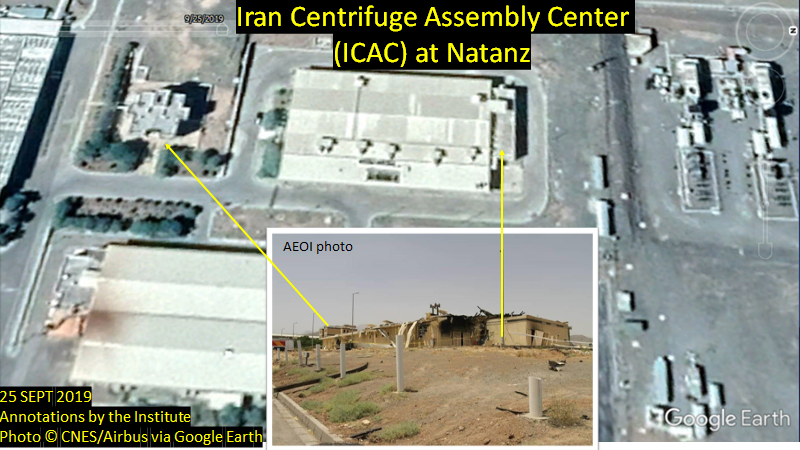
Figure 2. Geolocating the building in satellite imagery, using the ground photo published by the Atomic Energy Organization of Iran.
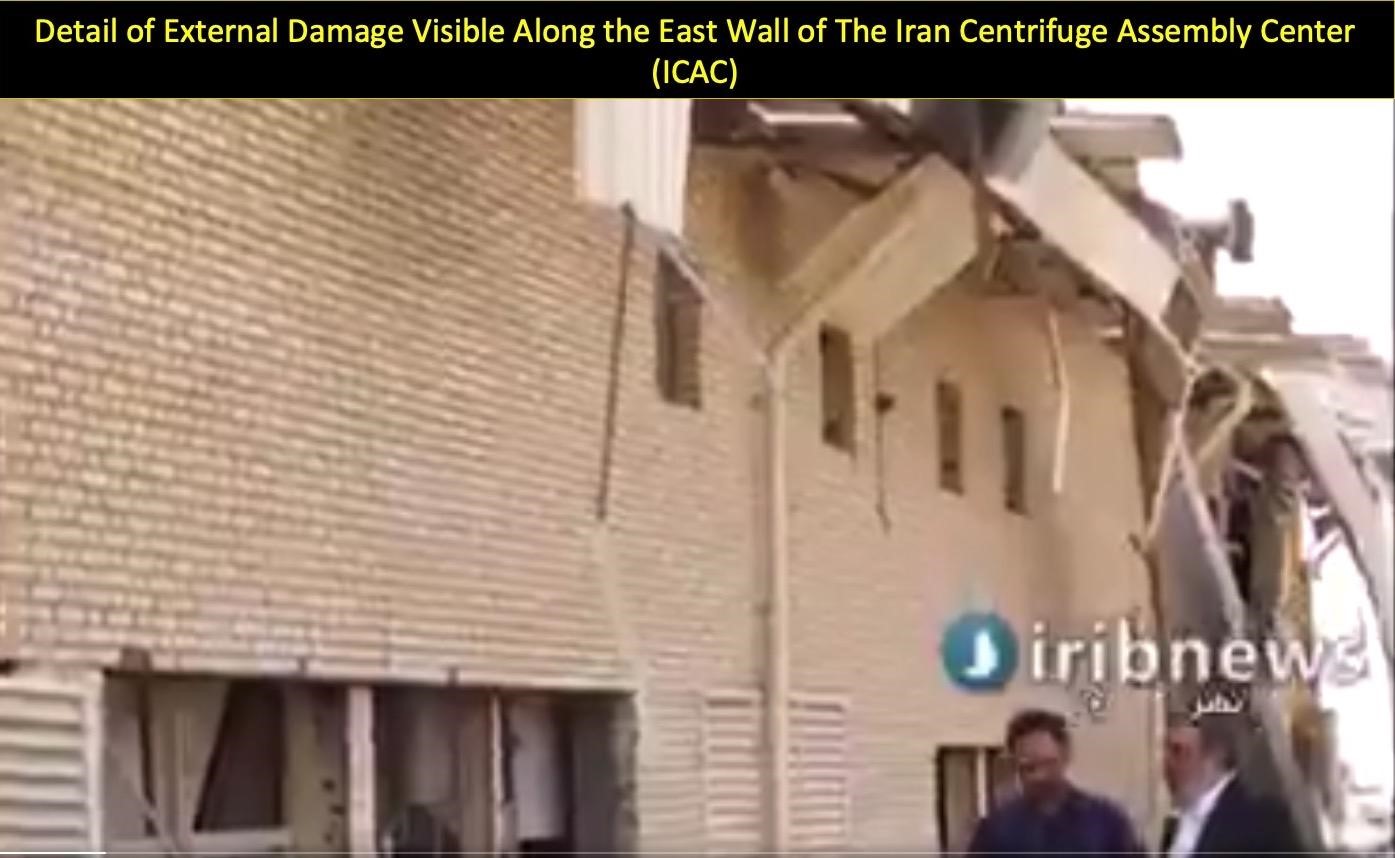
Figure 3. Closeup of the east wall of the ICAC showing severe roof damage.
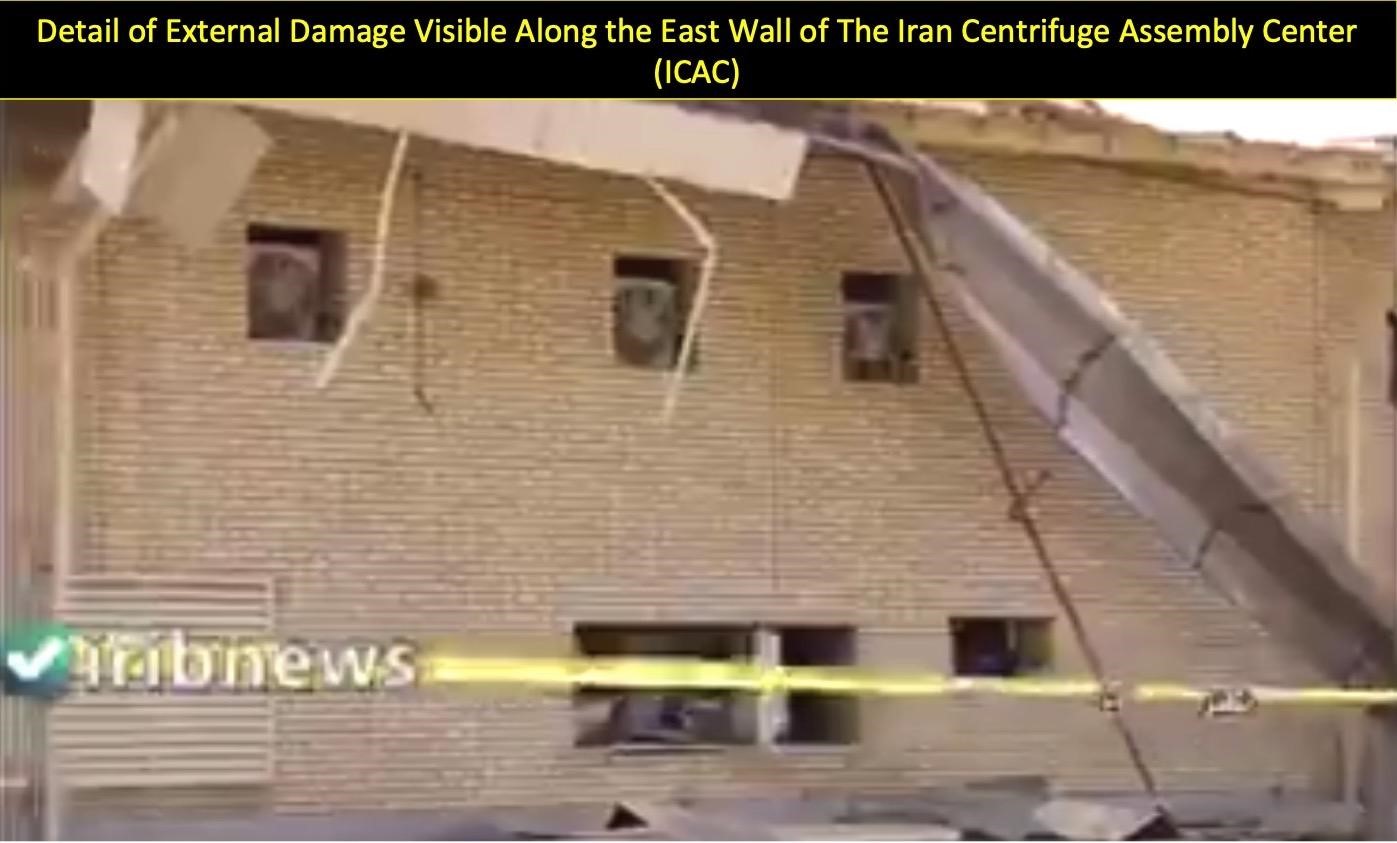
Figure 4. Closeup of the east wall of the ICAC showing the building had been cordoned off with yellow tape.
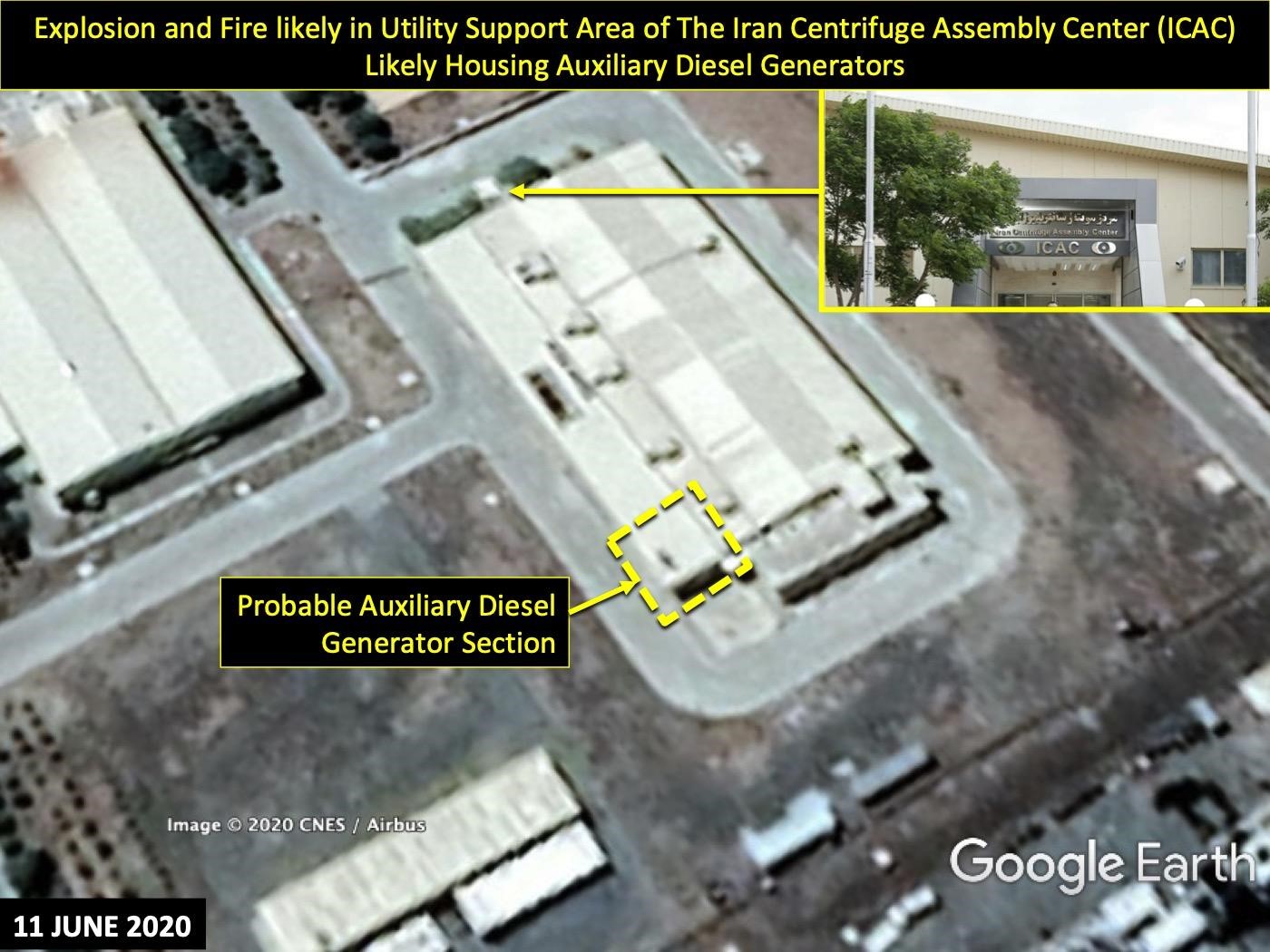
Figure 5. The fire and explosion centered in the north east corner of the ICAC building (north is to the lower right). Inset is part of a photo taken in early 2019. Source: https://aeoi.org.ir/EN/portal/home/?news/45799/69280/287555/Kamalvandi-Iran-has-tolerated-enough
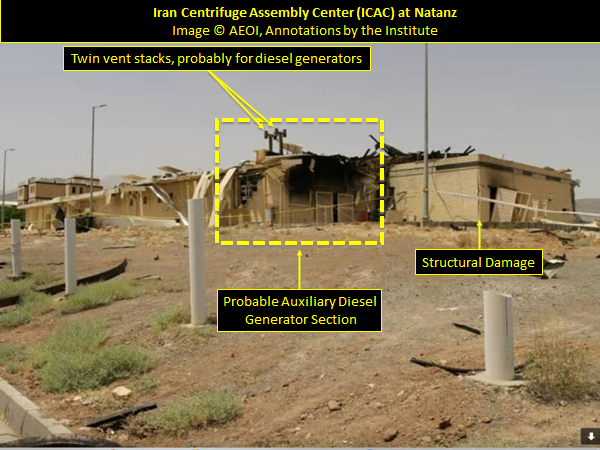
Figure 6. A ground photo of the northeast corner of the ICAC building showing that the most severe fire and explosion damage centered in an area likely to house auxiliary diesel generators and fuel given the presence of twin ventilation stacks on the roof above that section.
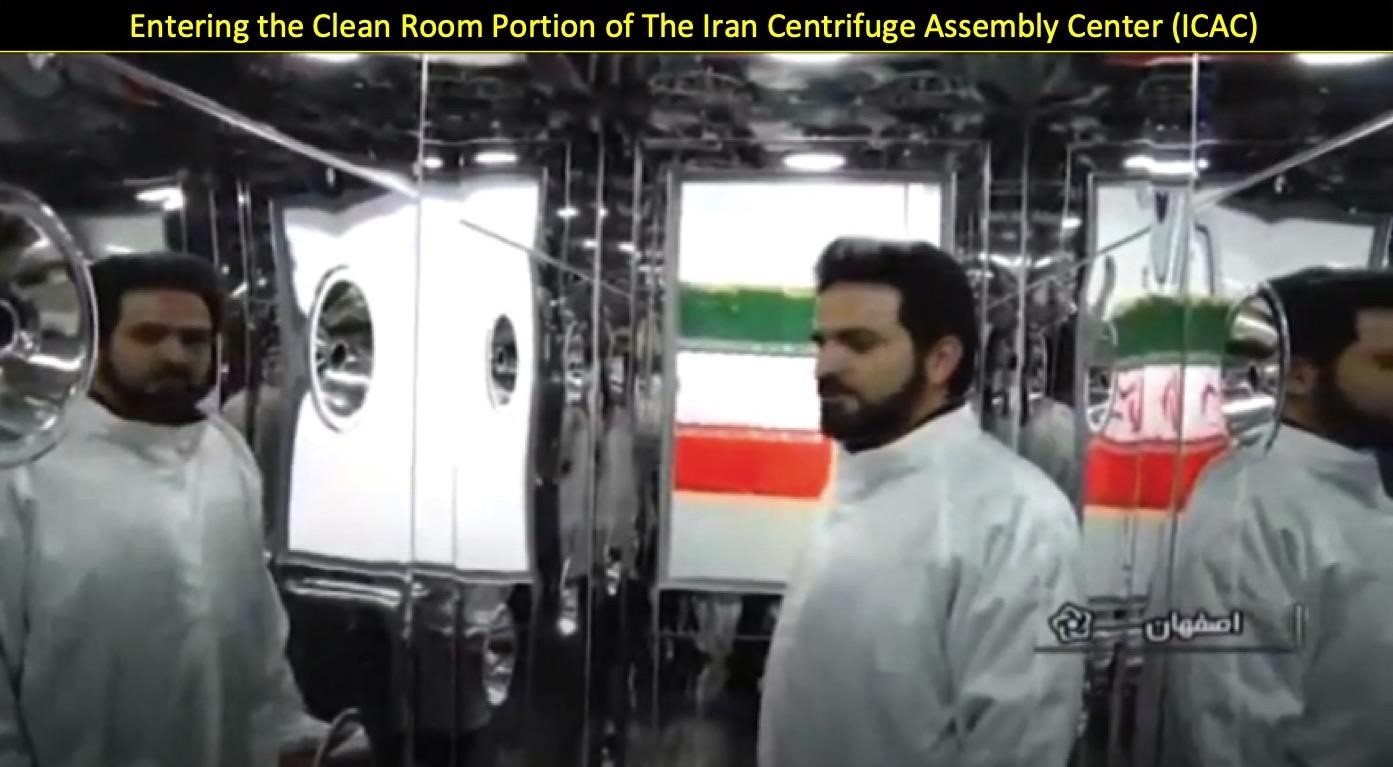
Figure 7. During a 2018 promotional video tour, a reporter is shown entering the portal to the clean room section of the ICAC. The lack of bonnets and facial hair coverings indicates that the clean room was not yet fully operational at that time.
No comments:
Post a Comment